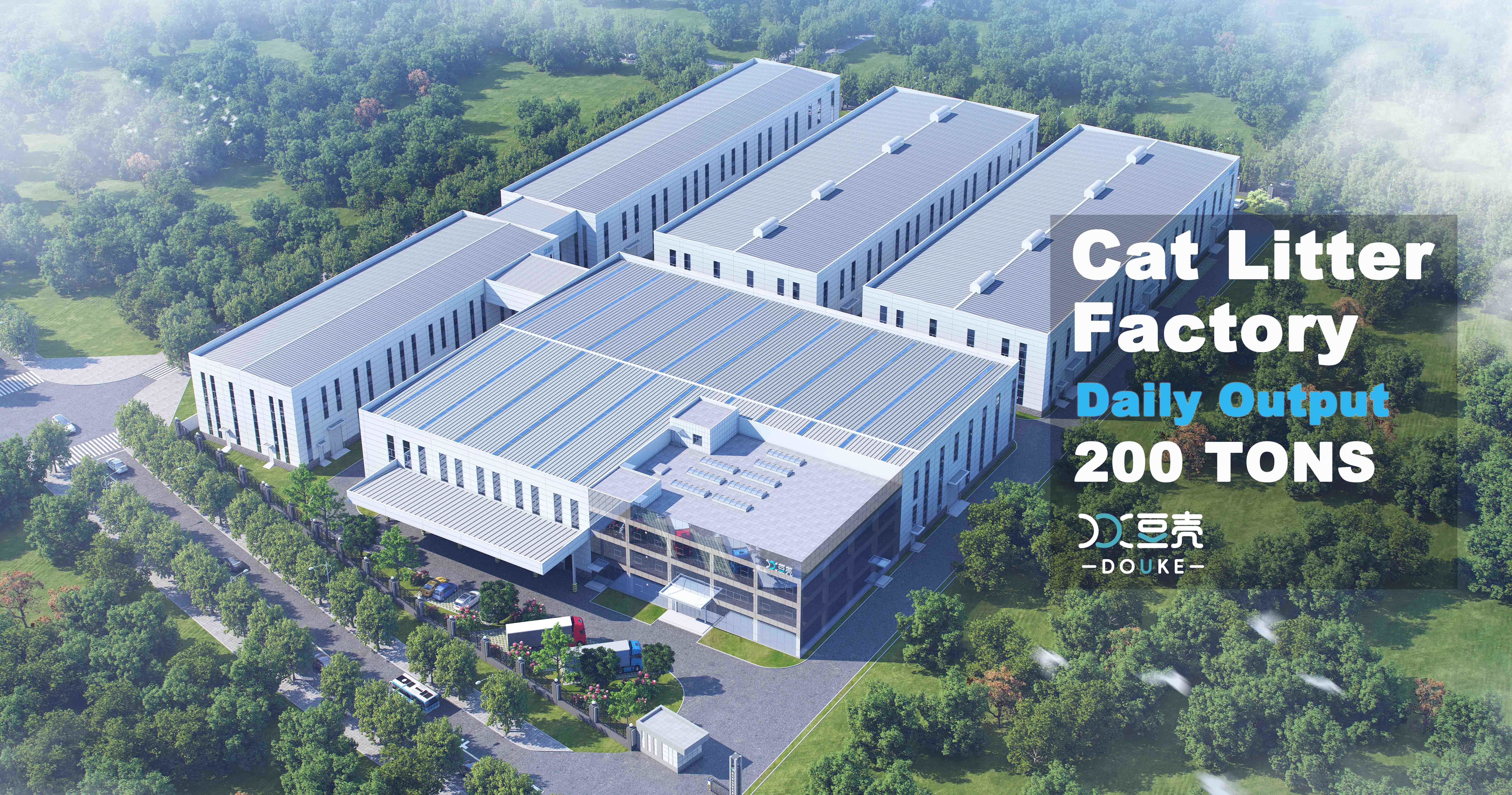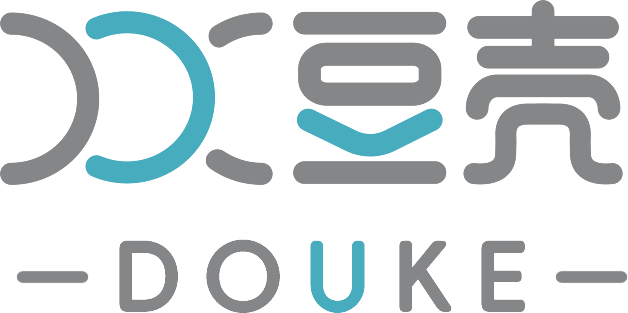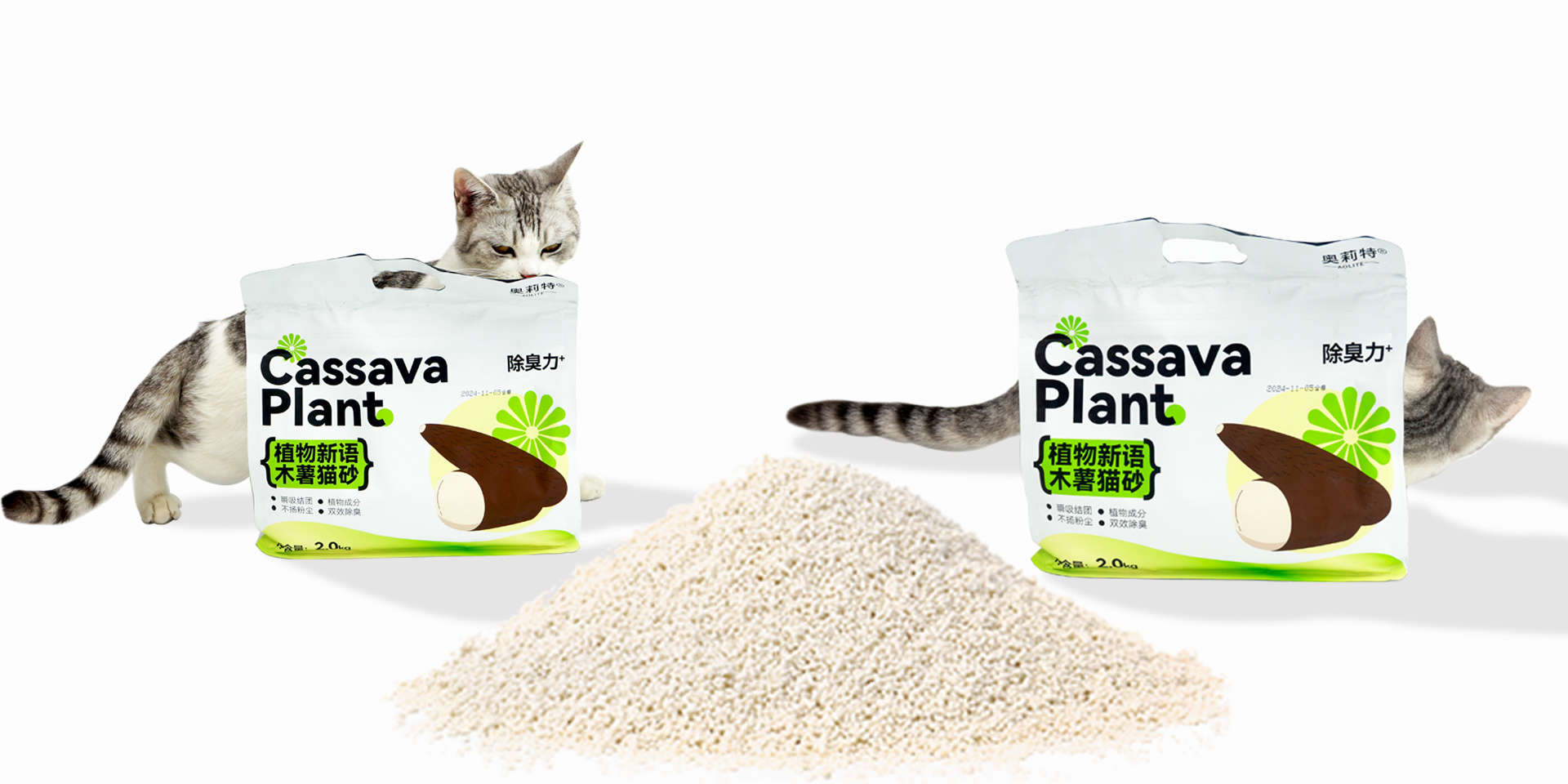Major Trends in China's pet industry in 2025
Time of issue:
Feb 06,2025
But White-label products won't last long. The main problem with current e-commerce is that, with the continuous rise of algorithmic logic, the market has become what you like, which is why white-label products continue to emerge.
1. White-label products have opportunities
But White-label products won't last long. The main problem with current e-commerce is that, with the continuous rise of algorithmic logic, the market has become what you like, which is why white-label products continue to emerge.
But this is not a long-term branding mentality, because when everyone has mastered the short video gameplay, white-label products will become more and more difficult to create content and traffic, while the comprehensive strength advantages of traditional old brands will become more and more obvious.
The rise of white-label products is a fleeting scene in the traffic society. Such brands can be allowed to exist, but it is difficult for such brands to last long, because the ultimate test of the brand is its brand value. You get what you pay for. If 80% of the money is used to invest in traffic, the brand will face the problem of no profit to support the production of good products. In the long run, consumers will still choose products with brand power.
Therefore, in 2025, "white-label products are difficult to make" will become a consensus.
2. Factory brands and Customized brands will impact the market
In the current pet market, consumers' brand awareness is not yet fully mature, and price is still the main competitive factor. In this market environment, factory brands and channel customized brands will gradually become important forces in the market.
Factory brands can provide products at a lower cost by virtue of their own production advantages; channel customized brands, whether well-known chain pet stores or individual mom-and-pop stores, can quickly launch their own brand products through OEM and OEM production, and even enter the market with a relatively small investment.
Such brands create targeted products based on channel characteristics and consumer demand. Both can have a significant impact on the existing market structure, making market competition more intense, and also driving other brands to continuously optimize product and pricing strategies to meet challenges.
Similar to white-label brands, factory brands and channel customized brands also have great development potential in the current pet market, but they also face similar dilemmas as white-label brands: they may gain a certain market share in the short term, but whether they can survive in the long term and establish a strong brand influence will be a key challenge in the future.

3. Technology "anti-aging" continues to gain popularity
Pet owners are becoming more and more aware of anti-aging, and the market share of pet anti-aging and life-extending products is gradually increasing, and the growth rate is relatively fast.
Whether it is classic longevity ingredients or newly emerging popular ingredients, they are constantly exerting precise and effective longevity effects under the scientific framework. It is expected that this trend will continue in the future, and the market demand for pet technology "anti-aging" products will further expand.

4. The opportunity of pet hair care market is coming
In China's pet care market, the "care" link is relatively weak, and there is a gap compared with developed countries, so there is a large room for growth. Sub-sectors such as hair care essences have become market growth points, and the trend of functional pet care products continues. Functional products developed for pet fur problems and hair health will be more popular in the market. At the same time, complex demands such as "fluffy + oil control" and "fluffy + anti-hair loss" have begun to appear, requiring more high-quality brands and products to meet them.

5. AI pet industry technology
The application of AI in the pet industry is becoming more and more widespread, including the use of AI to develop new raw materials and new formulas, and to screen out ingredients that are more suitable for pets through powerful data analysis capabilities. For example, it plays a role in optimizing pet food formulas and designing the functions of pet products.
In addition, AI smart factories are also gradually being realized to improve production efficiency and product quality control. In the future, innovative technologies such as AI will become an important driving force for the innovative development of the pet industry and promote the continuous upgrading of the industry.
If we look ahead to 2025, we can probably say that the future consumer market will be a complex entity interwoven with the characteristics of multiple eras. In this era, traditional brands and emerging brands, online and offline channels, consumer behaviors and brand strategies will continue to collide and merge, driving the entire market to a deeper level of evolution.

TAG:
Recommend
Leave Message
We will contact you within one working day. Please pay attention to your email.
Quick Link
Contact Us
Factory: Jia Song town, Nanhe District, Xing Tai City, Hebei Province
Whatsapp: +85284112581
Tel: +86-17360164690
E-mail: sales@doukecatlitter.com
E-mail: doukehoulijing@gmail.com











